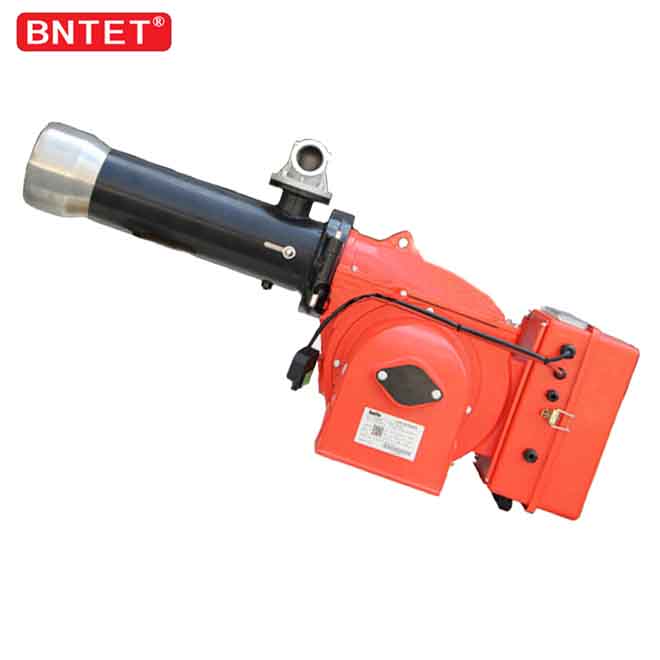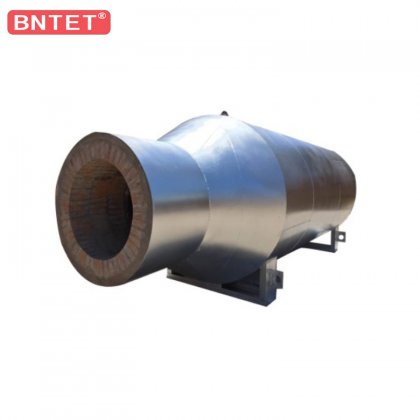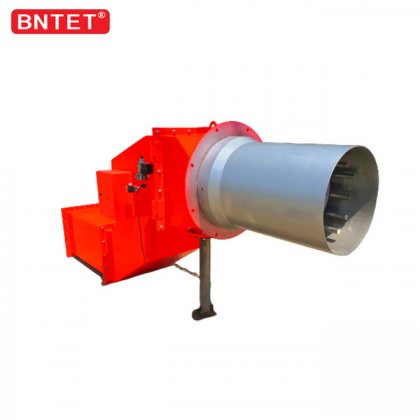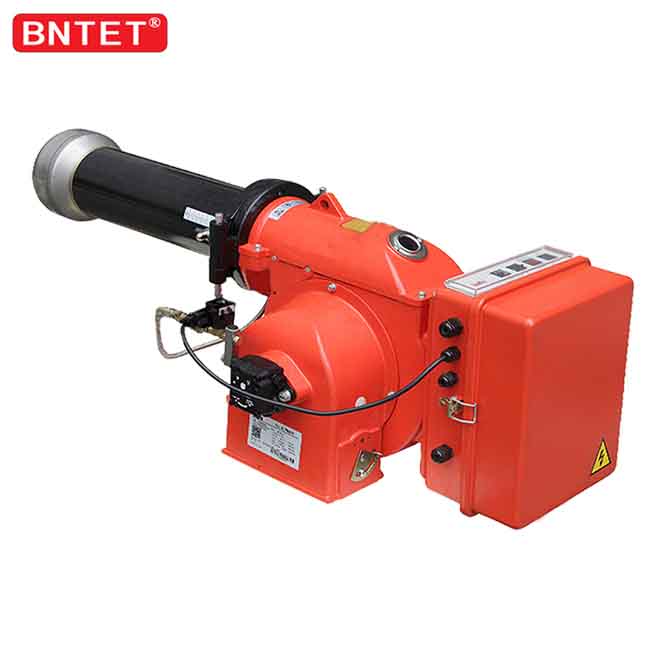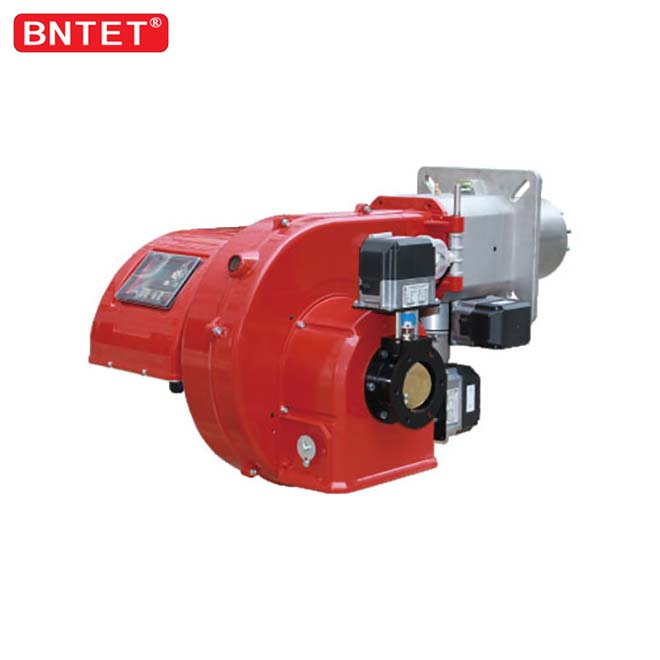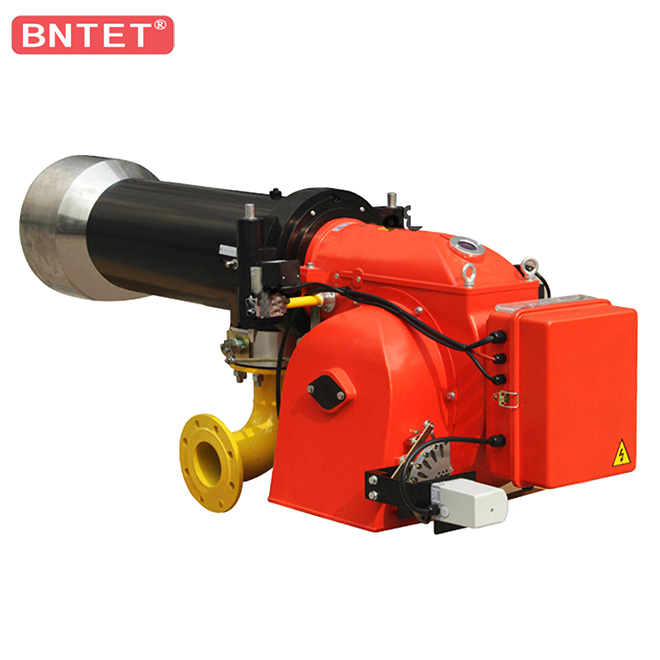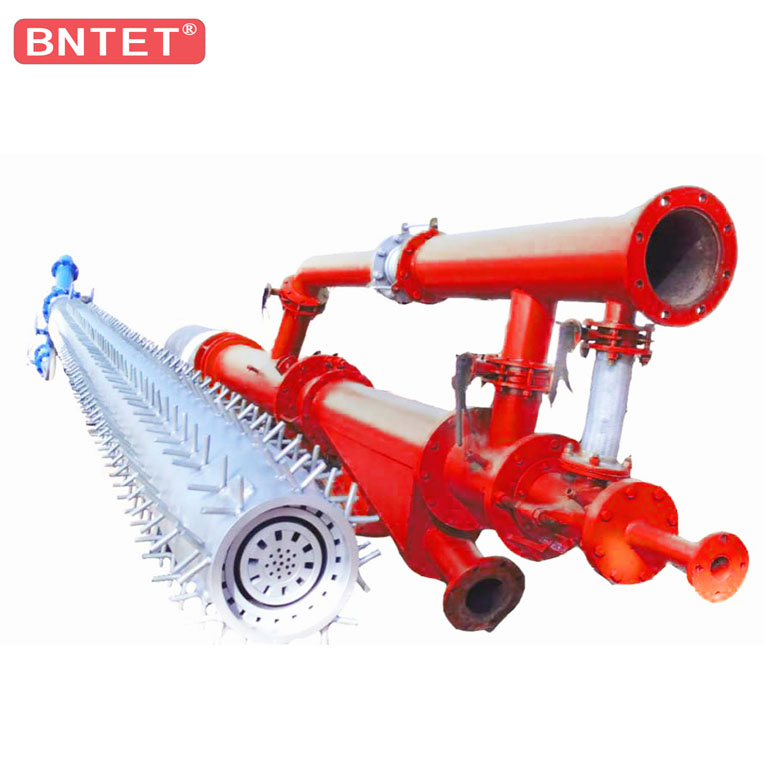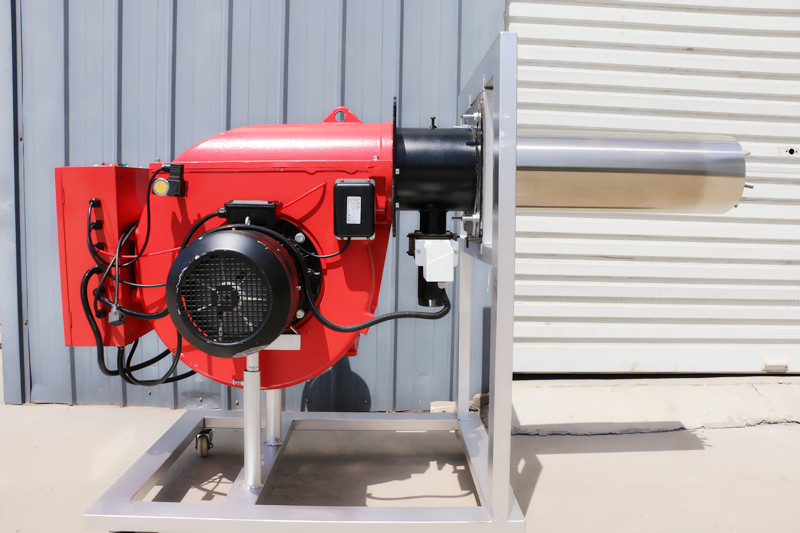
Principle of oil & gas burner flame monitoring system:
When the burner is stationary, because the fuel pump (fuel delivery system) of the fuel burner is driven coaxially with the blower impeller through the burner motor, as long as the fuel tank is installed correctly, even if the shut-off device (such as solenoid valve) fails, the fuel is still Will not easily leak into the furnace. However, in a gas burner, if the shut-off device in the valve group leaks, the gas may flow into the furnace when the burner is stationary, causing the burner to face the danger of deflagration during the next ignition. Therefore, the valve train of gas burners is usually equipped with a valve leak detection device, which checks the gas solenoid valve for air tightness every time the burner starts, and the burner can only ignite after the leak detection procedure is passed. . The working process of the leak detection device can be divided into the following processes:
(1) Evacuation Within 2 seconds before this stage, the solenoid valve V2 is opened, and the pressure in the test section is balanced with the outside (that is, the pressureless state is reached).
(2) The pressure-free state test time is 8 seconds after emptying, the program will check whether the test section is really pressure-free, and whether this state can be maintained. If the pressure rises at this time, the solenoid valve V1 (a valve body in the direction of gas flow) is leaking. At the same time, the correct operation of the pressure switch is also checked at this time (if there is a problem with the pressure switch itself, the leak detection device will lock the equipment).
(3) The pressure in the test section starts from the 16th second, and the solenoid valve V1 will open for 2 seconds. The pressure in the test section will rise to balance with the gas supply pressure. The pressure switch for detection will operate.
(4) From this point on, the pressure-holding state test time will carry out 9-second leak detection on the test section. During this time, it will be tested whether the pressure can be maintained, that is, whether there is a leak. If the pressure drops, it means that there is leakage inside the solenoid valve V2 or the test section. When the second period of test time passes safely, the leak detection device will be disconnected.
